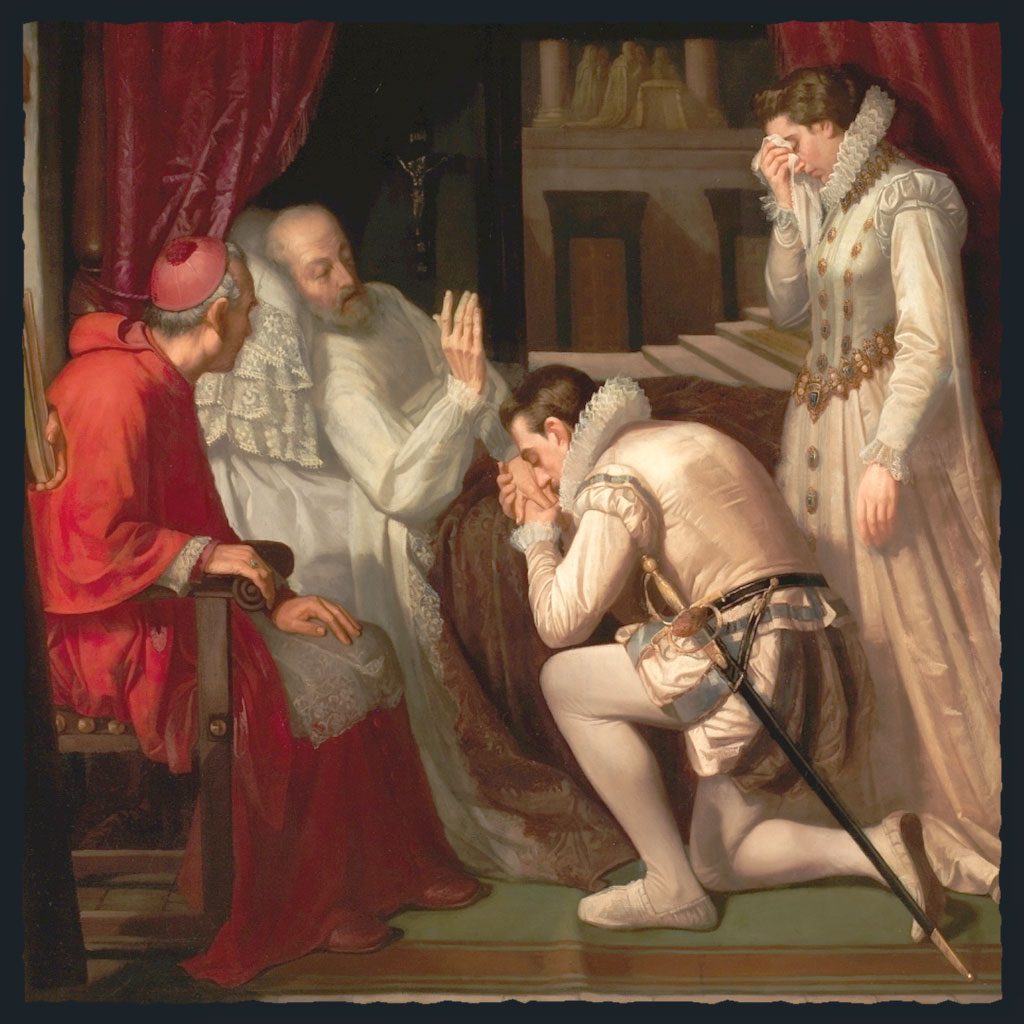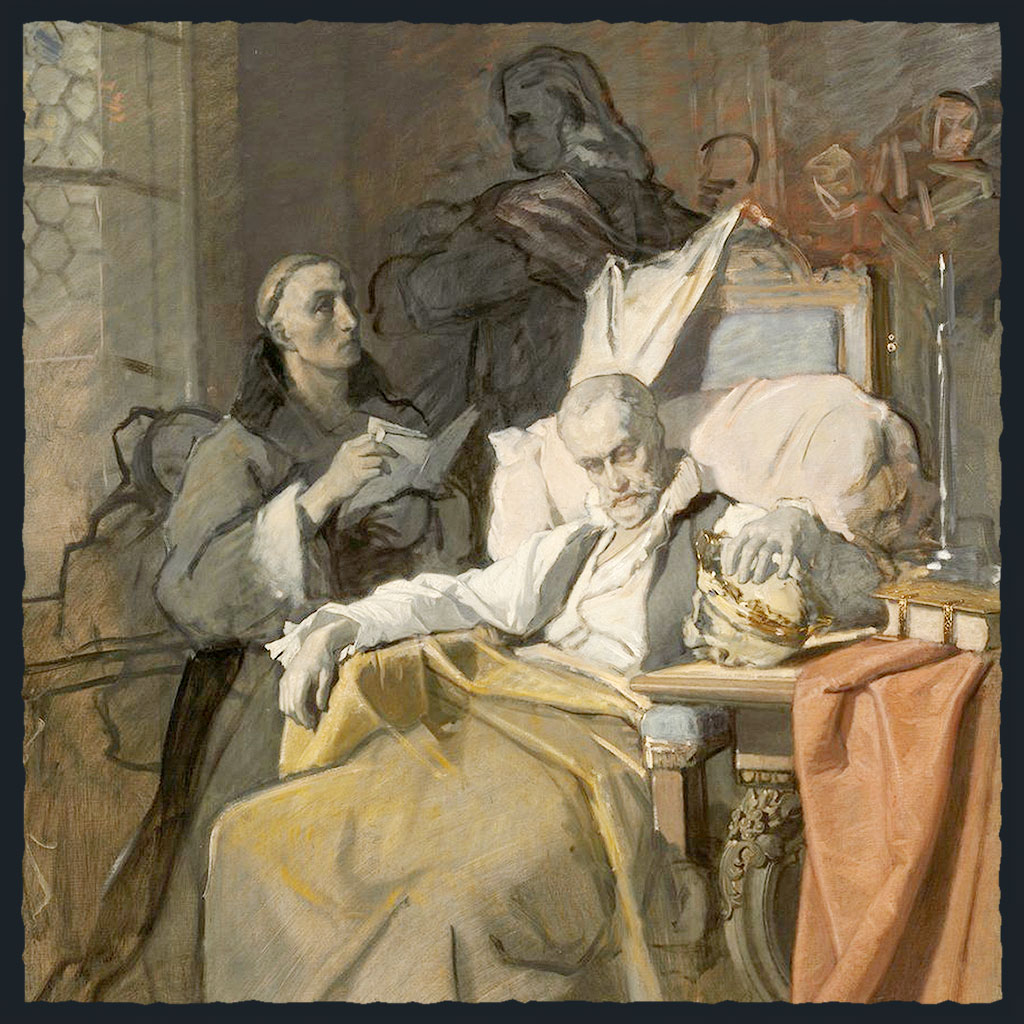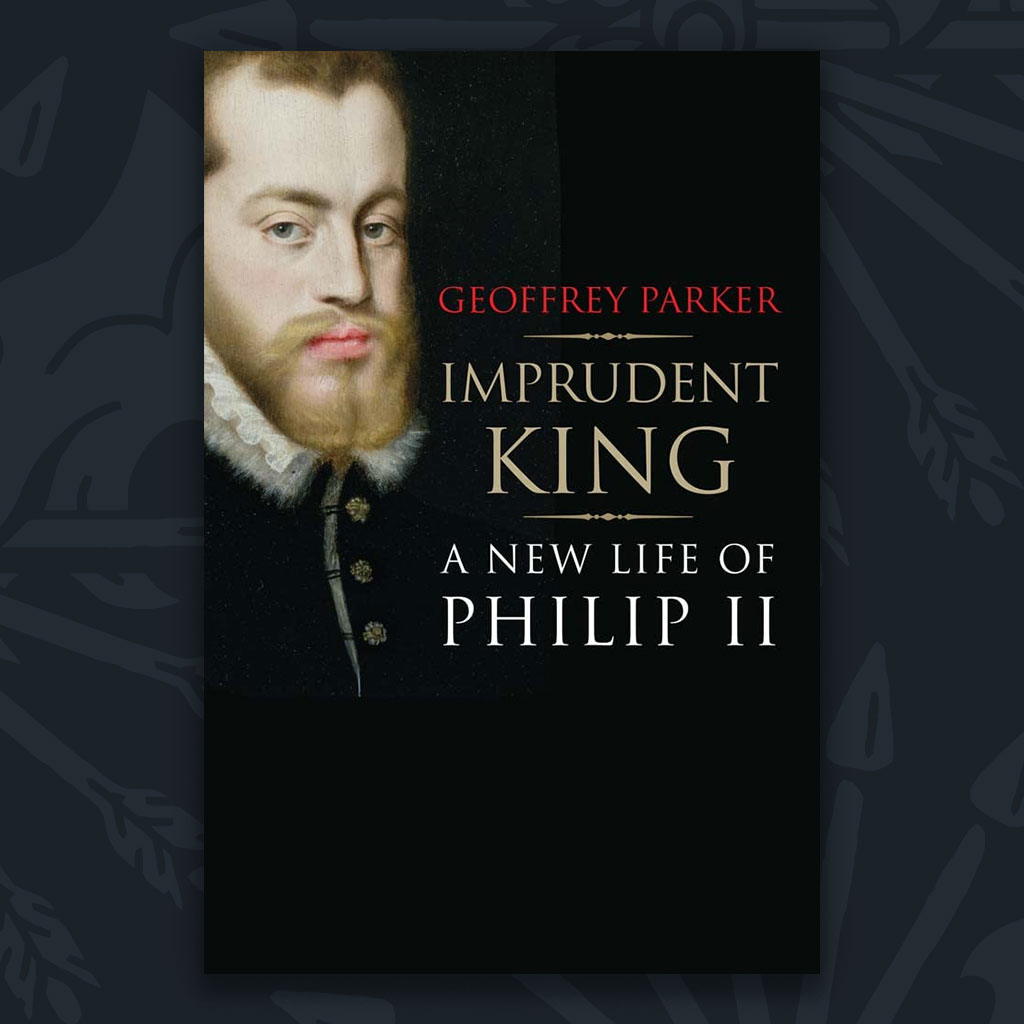
The Death and Legacy of Philip II
On the 13th of September, 1598, King Philip II of Spain breathed his last in the vast halls of El Escorial, the massive monastery-palace he had built near Madrid. He was 71 years old and had been suffering for months, if not years, from the ravages of what many believe was cancer. By the final months of his life, his condition was critical. He endured excruciating pain, which physicians struggled to alleviate. His devout Catholic faith offered some comfort, and he requested relics of saints to be brought into his chambers, hoping these objects might offer him some divine relief from the suffering his body could no longer bear. Surrounded by priests, family, and trusted officials, Philip passed quietly, closing the book on a reign that had spanned over four decades.
Philip’s final years were characterized by a deep isolation. Although physically debilitated, he remained involved in the management of his empire to the extent his body allowed. He spent hours poring over documents, often by candlelight, reading through the endless stream of reports from his governors, commanders, and envoys scattered across Europe and the Americas. His famously meticulous nature never relented, even in his final months. It was this diligence and his obsession with the details of governance that had shaped his reputation as “the prudent king” throughout his reign.
The Global Reach of Philip II

Philip II’s death marked the end of an era for Europe and the wider world. Few monarchs in history have held sway over such a vast and diverse empire. His rule extended across Spain, the Low Countries, parts of Italy, and as far as the Philippines, which bore his name. His marriage alliances with powerful European houses—first with Queen Mary I of England, then with Elisabeth of Valois of France—had helped cement Spain’s position at the heart of European politics.
During the 16th century, Europe was embroiled in wars of religion and dynastic struggles, and Philip was deeply involved in these conflicts. He viewed himself as the defender of Catholicism and protector of Christendom, which shaped many of his foreign and domestic policies. It was under his reign that Spain became the most powerful empire in Europe, with vast riches flowing in from the Americas, funding his campaigns and religious projects. But these resources were also stretched thin, as his wars and grandiose ambitions often exceeded the capabilities of even Spain’s treasure-laden coffers.
The Low Countries and Revolt
Nowhere were the consequences of Philip’s policies more significant than in the Low Countries, modern-day Belgium, Luxembourg, and the Netherlands. The region was prosperous and strategically crucial for Philip’s empire. But the introduction of his governmental reforms, new taxation, and especially his religious policies would spark one of the most enduring conflicts of his reign—the Dutch Revolt.
When Philip introduced new bishoprics in the region in the 1560s, many local nobles saw it as a threat to their influence. Worse, Philip’s determination to root out heresy by introducing the Spanish Inquisition stirred widespread unrest among the Protestant population, especially in the northern provinces, where Calvinism had taken hold. Despite the fierce resistance he encountered, Philip maintained his firm belief that religious unity under Catholicism was essential to maintaining his empire. His refusal to compromise sparked a rebellion that would eventually see the northern provinces, led by William of Orange, break away from Spanish rule, forming what would later become the Dutch Republic.
This revolt was more than just a regional dispute; it was a prolonged, bloody conflict that would have significant consequences for European geopolitics. Philip poured enormous resources into suppressing the rebellion, sending his best generals—like the Duke of Alba and Alexander Farnese—to fight on his behalf. But the wars in the Low Countries drained Spain’s treasury and contributed to Philip’s eventual military and economic decline.
The Armada of 1588 and Beyond
One of the most dramatic episodes of Philip’s reign was his decision to launch the Spanish Armada against England in 1588. This massive fleet was intended to invade England and topple Queen Elizabeth I, who had not only supported the Dutch rebels but had also sanctioned English privateers to attack Spanish treasure fleets. The defeat of the Armada, caused by a combination of poor weather, English naval tactics, and logistical failures, marked a turning point in Philip’s fortunes. His attempt to overthrow Elizabeth failed, and Spain’s aura of invincibility on the seas was shattered.
However, Philip was not easily deterred. In 1596 and again in 1597, he sent smaller armadas to attack England, but neither expedition succeeded in reversing the outcome of 1588. These failures underscored the limitations of Philip’s empire, stretched too thin and struggling to maintain control over its vast territories and sea routes. Despite this, Philip’s reign continued, marked by his unyielding faith in divine providence and his conviction that his cause was righteous.
The Prudent King
Philip II’s personality and ruling style were unique among Europe’s monarchs. He was often described as cautious, methodical, and deeply pious. Known for his immense attention to detail, he would personally review all major documents that crossed his desk. His vast correspondence, in the thousands of letters, shows a ruler who was not only interested in the great affairs of state but also in the minutiae of everyday governance. Philip’s hands-on approach, however, came with a price. The sheer volume of paperwork meant that decisions were often delayed, sometimes disastrously so.

While his contemporaries viewed him as “the prudent king”—a ruler who thought carefully before acting—modern historians have questioned whether this caution was always a virtue. Geoffrey Parker, one of the most renowned scholars of Philip’s reign, highlights this tension in his biography Imprudent King: A New Life of Philip II. Parker argues that while Philip’s carefulness and piety shaped his policies, they also contributed to some of his greatest failures, particularly in his inability to manage a sprawling, decentralized empire.
Philip’s legacy is thus a complex one. He was a ruler who sought to defend the Catholic faith and expand his empire’s reach, yet his ambitions often overreached his resources. He was a monarch whose meticulous governance was both a strength and a weakness. His reign saw both spectacular victories and crippling defeats, shaping the course of European history for decades after his death.
A Lasting Legacy
When Philip died in 1598, the Spanish Empire remained a formidable force, but its foundations were beginning to crack. His successor, Philip III, would inherit a vast but overstretched empire, burdened by debt and embroiled in conflicts from the Mediterranean to the Low Countries. The reverberations of Philip II’s reign would be felt for centuries, particularly in the history of the Netherlands and in Spain’s ongoing struggles with Protestant England.
To understand the full complexity of Philip II’s rule and his legacy, Geoffrey Parker’s biography Imprudent King offers a comprehensive and nuanced portrayal. It is essential reading for anyone seeking to dive deeper into the life of one of the most powerful and controversial figures of the 16th century.
Additional Reading:
Parker, Geoffrey. Imprudent king: A New Life of Philip II. New Haven, CT: Yale University Press, 2014.
—
Image Sources: Los Últimos momentsos de Felipe II by Francisco Jover and Casanova and The Death of Philip II by Hans Canon
